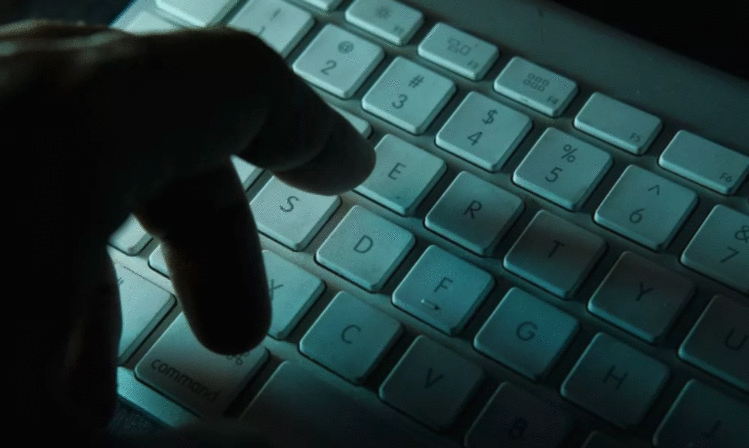有2x2网格(动态使用TableLayout)需要在其上显示图像.现在基于图像大小,意味着 - 如果图像适合1个细胞意味着1个细胞,那么大意味着2个细胞或4个细胞基于大小(我知道它将占用多少个细胞)

我可以在1个单元格中显示图像,但问题是如果图像需要2个单元格(第1列)如何在2个单元格中显示图像(没有干扰网格)
在不干扰电网,我看到的解决方法是动态地设置图像在上面你的TableLayout.然后你可以存档这个:


我上传的测试项目的代码在这里 ;
初始化overlappingImage,一旦需要将图像设置到单元格 - 您只需将其添加到布局中,并根据要填充的单元格数设置高度和宽度参数.
TableLayout 动态生成,单元格的布局xml:
该Activity的布局:
以及处理按钮点击和生成表的活动代码:
public class MainActivity extends AppCompatActivity {
RelativeLayout container;
int cellWidth = 0, cellHeight = 0;
@Override
protected void onCreate(Bundle savedInstanceState) {
super.onCreate(savedInstanceState);
setContentView(R.layout.activity_main);
Toolbar toolbar = (Toolbar) findViewById(R.id.toolbar);
setSupportActionBar(toolbar);
TableLayout tableLayout = (TableLayout) findViewById(R.id.tableLayout);
tableLayout.setStretchAllColumns(true);
for (int i = 0; i < 4; i++) {
TableRow tableRow = new TableRow(this);
for (int j = 0; j < 10; j++) {
LayoutInflater layoutInflater = (LayoutInflater) getSystemService(Context.LAYOUT_INFLATER_SERVICE);
View cell = layoutInflater.inflate(R.layout.table_cell, null, false);
if (cellHeight == 0 ) {
cell.measure(View.MeasureSpec.UNSPECIFIED, View.MeasureSpec.UNSPECIFIED);
cellWidth = cell.getMeasuredWidth();
cellHeight = cell.getMeasuredHeight();
}
tableRow.addView(cell);
}
tableLayout.addView(tableRow);
}
container = (RelativeLayout)findViewById(R.id.container);
overlappingImage = new ImageView(this);
overlappingImage.setScaleType(ImageView.ScaleType.FIT_XY);
}
ImageView overlappingImage;
private void restoreTableLayout() {
container.removeView(overlappingImage);
}
public void onClick11(View view) {
restoreTableLayout();
RelativeLayout.LayoutParams params = new RelativeLayout.LayoutParams(cellWidth, cellHeight);
overlappingImage.setLayoutParams(params);
overlappingImage.setImageResource(R.drawable.horizontal_cat);
container.addView(overlappingImage);
}
public void onClick41(View view) {
restoreTableLayout();
RelativeLayout.LayoutParams params = new RelativeLayout.LayoutParams(cellWidth*4, cellHeight);
overlappingImage.setLayoutParams(params);
overlappingImage.setImageResource(R.drawable.horizontal_cat);
container.addView(overlappingImage);
}
public void onClick32(View view) {
restoreTableLayout();
RelativeLayout.LayoutParams params = new RelativeLayout.LayoutParams(cellWidth*3, cellHeight*2);
params.setMargins(cellWidth*2, cellHeight*2, 0 ,0);
overlappingImage.setLayoutParams(params);
overlappingImage.setImageResource(R.drawable.vertical_cat);
container.addView(overlappingImage);
}
public void onClick22(View view) {
restoreTableLayout();
RelativeLayout.LayoutParams params = new RelativeLayout.LayoutParams(cellWidth*2, cellHeight*2);
overlappingImage.setLayoutParams(params);
overlappingImage.setImageResource(R.drawable.horizontal_cat);
container.addView(overlappingImage);
}
}
我希望,这有帮助.
 京公网安备 11010802040832号 | 京ICP备19059560号-6
京公网安备 11010802040832号 | 京ICP备19059560号-6